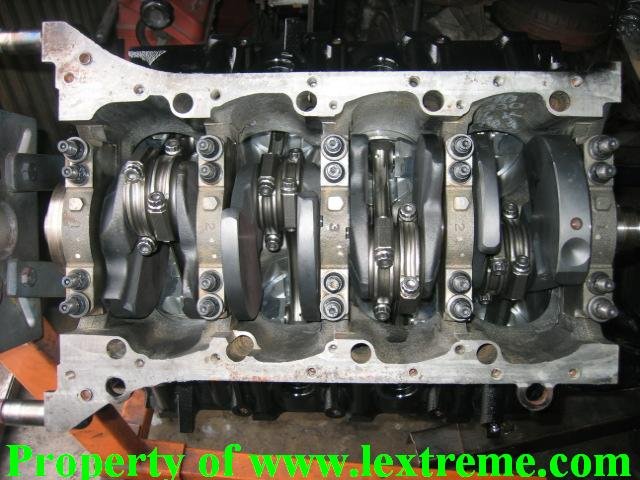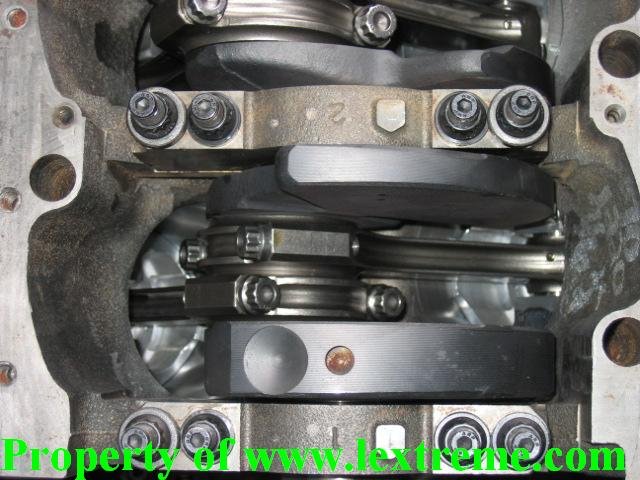Lextreme II
Active Member
I am working very close with an engine builder currently and would like your opinion on the 2UZFE motor. Its a cast iron with 2 bolt main. I am trying to make it to 6 bolt main on the 2uzfe. I am also working on a stroker crank and rods with off the shelf peformance parts for either Ford or Chevy. From carrying it last night.. its damn heavy....



